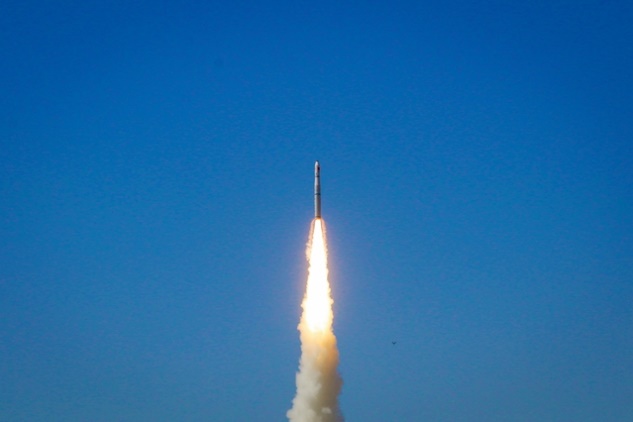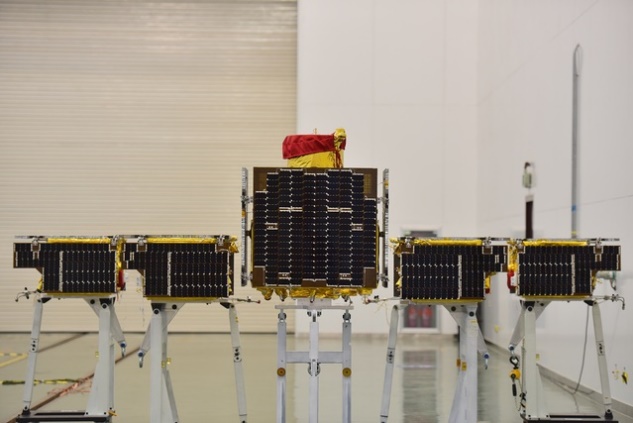Written by: Ji Xing
Photographed by: Tan Lijun & Deng Dekuan
Translated by: Li Xiaojuan
Edited by: D. Parker
Date: Apr. 26th, 2018
On April 26th, 2018 at 12:42 pm the Zhuhai Orbita Aerospace Science & Technology Co. successfully launched the Long March (CZ-11) carrier rocket from the Jiuquan Satellite Launch Center. Five satellites were on board, joining two Zhuhai-1 micro-satellites in a growing constellation. Designed and developed by Harbin Institute of Technology, these satellites have each entered their expected orbit and are operating smoothly. The successful launch also makes HIT the only institute in China that has developed eight small satellites for launch successfully.
It has been less than one year since the scheme design of Zhuhai-1 five satellites Group-02 was approved on May 6th, 2017. Now the launch is a reality. This sets a new record for a satellite’s design period in China. Some members of the first generation of the Lilac Satellite Student Group are now young instructors. They have participated in the entire process from scheme design, development, and experiment to ground control. A month before the launch, team members of the Student Group established ground stations in Xinjiang and Harbin respectively. There are also member students at the ground stations in Jiuquan, Gansu Province, and Xi’an, Shaanxi Province. They are conducting observations and control.
The five satellites include four hyperspectral satellites with coverage of images in a range of 150 km (93 miles) and one video orbiter with high spatial resolution of 0.9 m (3 ft) and 22.5 km (14 miles) for coverage of images obtained. These satellites are expected to be of great benefit to many industries such as agriculture, forestry, animal husbandry, fishery, water-soil resources and environmental protection, transportation, “smart cities,”, and modern finance.




